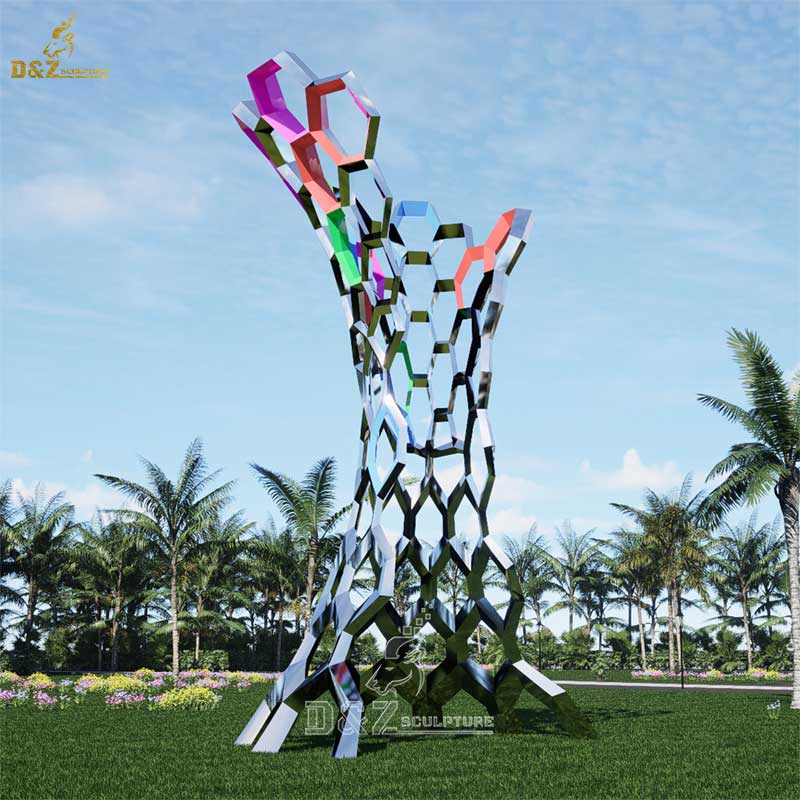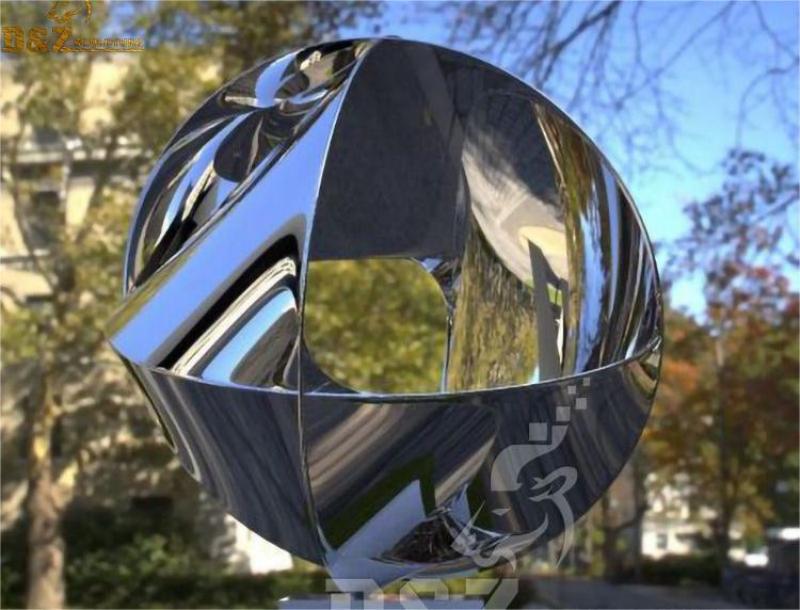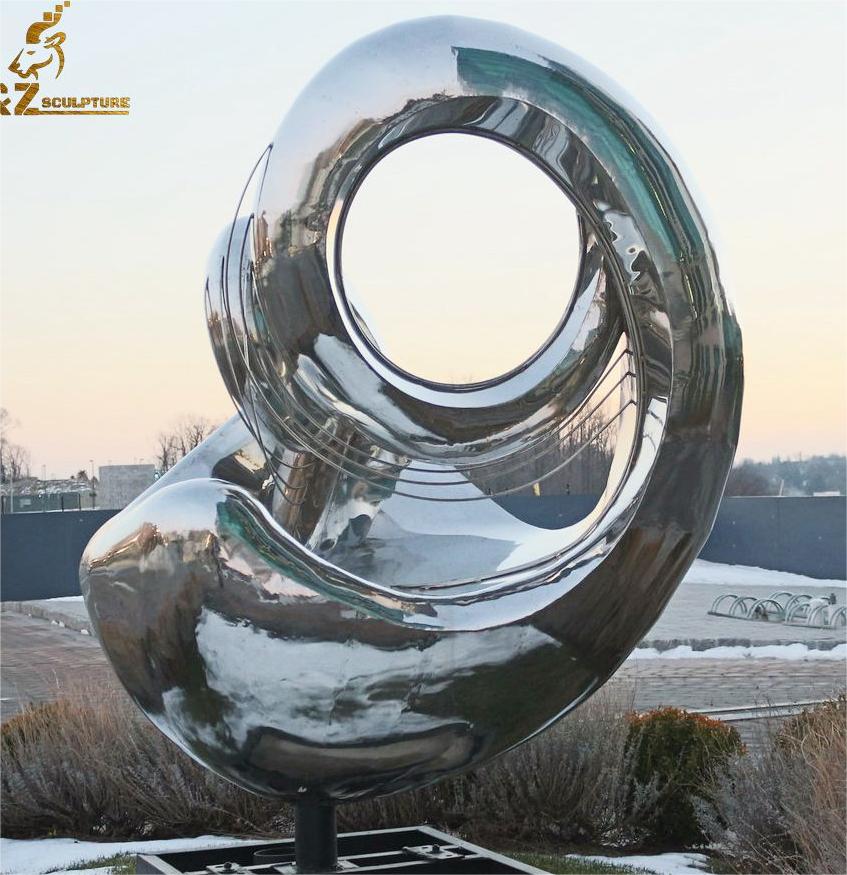The characteristic of abstract sculpture lies in its non-representational nature. Through techniques such as simplification, deformation, exaggeration, formalization, and geometry, it creates non-representational visual forms that can deduce psychological, spiritual, and conceptual activities.

The characteristics of abstract sculpture are mainly reflected in the following aspects
Conciseness: Most of the shapes of abstract sculptures abandon all objective surfaces. This kind of sculpture directly investigates the essence and inner structure of things and rationally uses symbolic language that is neither representational nor expressive to create sculptures that can deduce psychology, spirit, and ideas. The modeling of non-representational visual forms of activities.
Simplification and transformation: Abstract sculpture simplifies the shape and details of objects to better express themes or emotions. It may reduce an object to a simple geometric shape, or deform and twist the shape to convey a specific meaning.
Exaggeration and amplification: Abstract sculptures often use exaggeration and amplification to emphasize a theme or emotion. It can magnify an object or feature to highlight its importance or emphasize a specific meaning.

Formalization and Geometry: Abstract sculpture often emphasizes the importance of form and structure. Artists may construct sculptures using geometric shapes, lines, curves, etc. to create a unique visual language.
Express subjective emotions: One of the goals of abstract sculpture is to express the artist's subjective emotions and abstract thinking through elements such as form, color, texture, etc. Viewers may feel an emotional resonance through the appearance and structure of the sculpture while admiring it.
Freedom and Creativity: Artists generally have greater creative freedom when creating abstract sculptures. They can use more imagination and are not bound by specific objects, thus creating more unique and innovative works.
Open to interpretation: Abstract sculpture encourages the viewer to freely interpret and experience the artwork. Due to the lack of concrete elements, each viewer may have a different understanding and perception. This open interpretation allows the abstract sculpture to have more layers of meaning.
Diversity: The forms and styles of abstract sculpture are very rich and varied, so it can cover a variety of styles from Abstract Expressionism to Constructivism. This diversity allows abstract sculpture to adapt to different artistic trends and eras.

In general, abstract sculpture emphasizes artistic freedom and creativity in form, content, and emotional expression, providing artists with a freer and richer way of expression.
Leave a message

Any landscape ideas in your mind, describe to D&Z sculpture team directly, you can imagine we can create.
Copyright © 1996-2024 D&Z Sculpture Co., Ltd. All Rights Reserved | Sitemap |